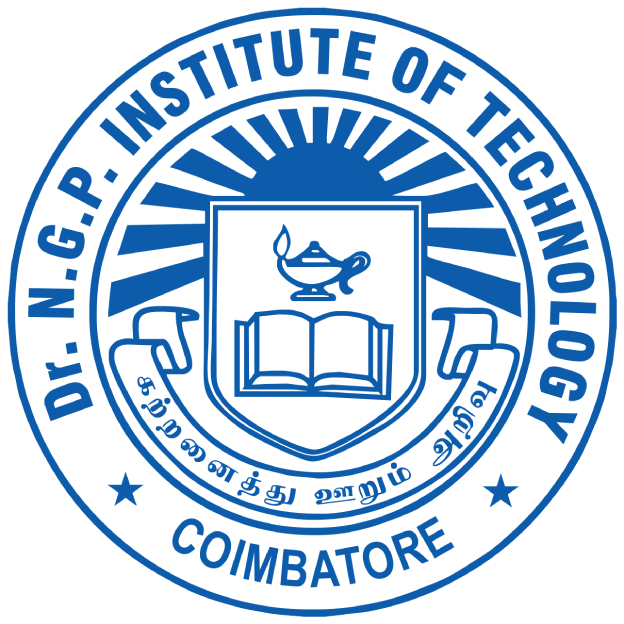
Trending Innovations in BioMedical Engineering
Top 10 Bioengineering Trends
Biomedical engineering is a rapidly evolving, cross-disciplinary field that involves medicine, biology, chemistry, engineering, nanotechnology, and computer science. Bioengineers are at the forefront of scientific discovery, creating innovative medical devices, vaccines, disease management products, robots, and algorithms that improve human health around the world.
1. Tissue Engineering
Living tissue can be made from biologically active cells, which are deposited on biodegradable scaffolds in controlled conditions. A popular deposition method is bioprinting—a process very similar to 3D printing, but that uses “bioinks” consisting of human cells instead of plastic.
2. Transdermal Patches
Transdermal patches have come a long way since their use as a method to break nicotine addiction. Improvements in the structure, materials, and delivery mechanisms have enabled a greater variety of applications.
3. Wearable Devices
Sensors, wires, and electronics that are flexible, waterproof, and stretchable can be 3D-printed or woven into the fabric. Wearable technologies are becoming more multifunctional and can monitor multiple health parameters, such as pulse rate and blood pressure, which can also be transmitted in real-time to a medical facility.
4. Robotic Surgeons and Rehabilitation
Robot manufacturers are making multifunctional robots to assist surgeons in the operating room. Driven by input from doctors, these robotic devices help them manipulate instruments with high precision in ways they could not do alone. This is especially true for minimally invasive surgeries.
5. Nanorobots
Researchers are hard at work designing nano-sized robots that are small enough to enter the bloodstream and perform certain tasks, such as kill cancer cells. Nanorobot designs include DNA-based structures containing cancer-fighting drugs that bind only with a specific protein found on cancer tumors. After attachment, the robot releases its drug into the tumor.
6. Virtual Reality
VR is an especially valuable tool in the medical field because of how it can present the detailed data taken from 3D medical images. The data can create an incredibly detailed 3D view of a patient’s body, or area of medical concern—for example, the cardiovascular system.
7. Microbubbles
Researchers continue to look for new ways to selectively deliver drugs to specific target areas, thereby avoiding damage to healthy cells and tissue. One unique approach is microbubbles, which are very tiny, micron-sized particles filled with gas.
8. Prime Editing
This new gene-editing technique builds on successes of base editing and CRISPR-Cas9 technology. Prime editing rewrites DNA by only cutting a single strand to add, remove, or replace base pairs. This method allows researchers to edit more types of genetic mutations than existing genome-editing approaches, including CRISPR-Cas9.
9. Organ-on-a-Chip
Chip technologies allow the construction of microscale models that simulate human physiology outside of the body. Organs-on-chips are used to study the behavior of tissues and organs in tiny, but fully functional, sample sizes to better understand tissue behavior, disease progression, and pharmaceutical interactions.
10. Mini Bioreactors
Bioreactors are systems that support biologically active organisms and their by-products. Smaller bioreactors are easier to manage and require lesser sample volumes. Advances in microfluidic fabrication capabilities now make it possible to design microscale bioreactors that can incorporate enzymes or other biocatalysts, as well as precision extraction systems, to produce highly pure products.

